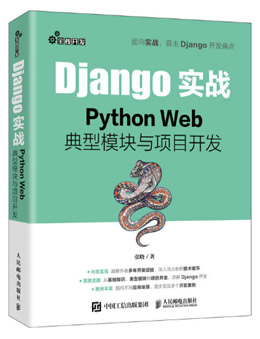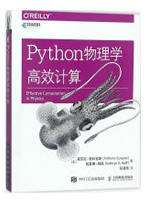为找教程的网友们整理了Python编程相关的编程文章,网友程令慧根据主题投稿了本篇教程内容,涉及到Python、输入、某年、某月、某日、计算、第几天相关内容,已被573网友关注,相关难点技巧可以阅读下方的电子资料。
本文实例讲述了Python编程实现输入某年某月某日计算出这一天是该年第几天的方法。分享给大家供大家参考,具体如下:
#基于 Python3
一种做法:
def is_leap_year(year): # 判断闰年,是则返回True,否则返回False
if (year % 4 == 0 and year % 100 != 0) or year % 400 == 0:
return True
else:
return False
def function1(year, month, day): # 计算给定日期是那一年的第几天
leap_year = [31, 29, 31, 30, 31, 30, 31, 31, 30, 31, 30, 31]
no_leap_year = [31, 28, 31, 30, 31, 30, 31, 31, 30, 31, 30, 31]
if is_leap_year(year):
result = sum(leap_year[:month - 1]) + day
else:
result = sum(no_leap_year[:month - 1]) + day
return result
但是如果是你自己遇到了这样的需求,那么就没必要这么复杂了。因为Python内置了完善的时间和日期处理函数。
import datetime
import time
def function2(year, month, day): # 直接使用Python内置模块datetime的格式转换功能得到结果
date = datetime.date(year, month, day)
return date.strftime('%j')
需要注意的是,上面的写法里函数的参数分别是年月日的整数,如果你想传入字符串,比如"2016-10-1",那就需要先对字符串做处理了。
同样的,也可以自己做或者用内置函数。
# 假如输入格式为字符串(比如从命令行读入字符串2016-10-1),则需要先对输入内容进行处理
_input = '2016-10-1'
_year1 = int(_input.split('-')[0])
_month1 = int(_input.split('-')[1])
_day1 = int(_input.split('-')[2])
# 当然你也可以用datetime的内置方法进行格式处理
t = time.strptime(_input, '%Y-%m-%d')
_year2 = t.tm_year
_month2 = t.tm_mon
_day2 = t.tm_mday
下面是完整的代码,测试"2016-10-1"的结果均为275。
import datetime
import time
def is_leap_year(year): # 判断闰年,是则返回True,否则返回False
if (year % 4 == 0 and year % 100 != 0) or year % 400 == 0:
return True
else:
return False
def function1(year, month, day): # 计算给定日期是那一年的第几天
leap_year = [31, 29, 31, 30, 31, 30, 31, 31, 30, 31, 30, 31]
no_leap_year = [31, 28, 31, 30, 31, 30, 31, 31, 30, 31, 30, 31]
if is_leap_year(year):
result = sum(leap_year[:month - 1]) + day
else:
result = sum(no_leap_year[:month - 1]) + day
return result
def function2(year, month, day): # 直接使用Python内置模块datetime的格式转换功能得到结果
date = datetime.date(year, month, day)
return date.strftime('%j')
print(function1(2016, 10, 1))
print(function2(2016, 10, 1))
# 假如输入格式为字符串(比如从命令行读入字符串2016-10-1),则需要先对输入内容进行处理
_input = '2016-10-1'
_split = _input.split('-')
_year1 = int(_split[0])
_month1 = int(_split[1])
_day1 = int(_split[2])
print(function1(_year1, _month1, _day1))
print(function2(_year1, _month1, _day1))
# 当然你也可以用datetime的内置方法进行格式处理
t = time.strptime(_input, '%Y-%m-%d')
_year2 = t.tm_year
_month2 = t.tm_mon
_day2 = t.tm_mday
print(function1(_year2, _month2, _day2))
print(function2(_year2, _month2, _day2))
# 后面发现我为了编函数写复杂了,如果输入是字符串其实一句话就好
import time
_input = '2016-10-1'
# 详见Python日期和字符串格式互相转换 //www.jb51.net/article/66019.htm
t = time.strptime(_input, '%Y-%m-%d')
print(time.strftime('%j',t))
希望本文所述对大家Python程序设计有所帮助。














